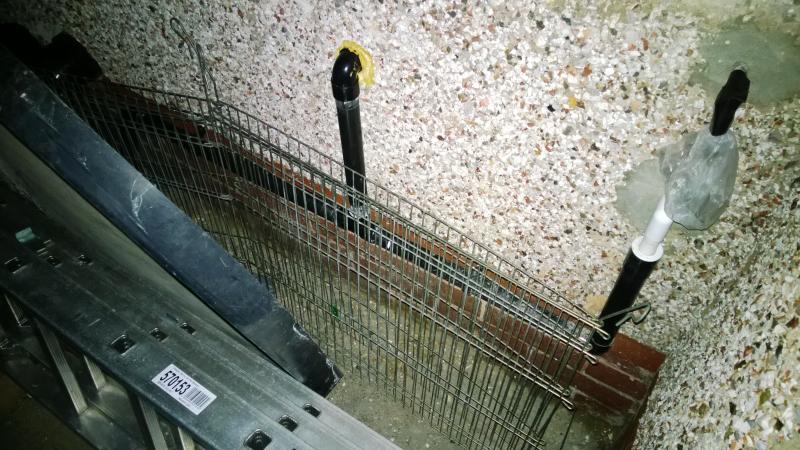The condensate pipe for my boiler has been connected to an outside drain pipe shared with a toilet and hand-basin. (I'll dig out a picture.) A while ago an NPower engineer (fixing another problem) mentioned there should be a non-return valve installed.
My dad popped into Plumb Centre this afternoon and they suggested one of these.
It's on order, but not paid for. Will it do the job?
Only picture to hand at the moment. Condensate on right, basin waste in the middle and the toilet to left, nearly out of picture.
My dad popped into Plumb Centre this afternoon and they suggested one of these.
It's on order, but not paid for. Will it do the job?
Only picture to hand at the moment. Condensate on right, basin waste in the middle and the toilet to left, nearly out of picture.


